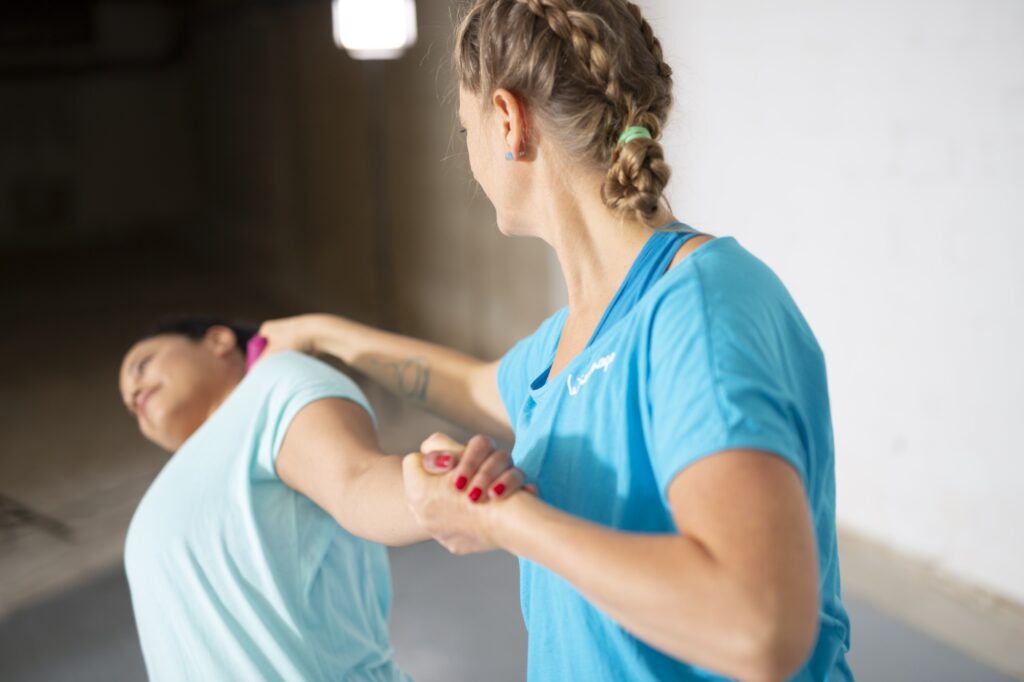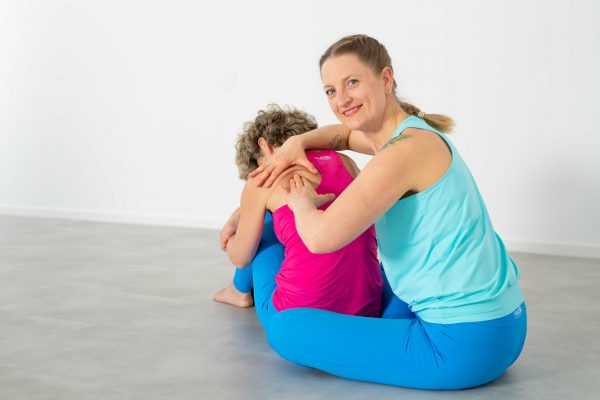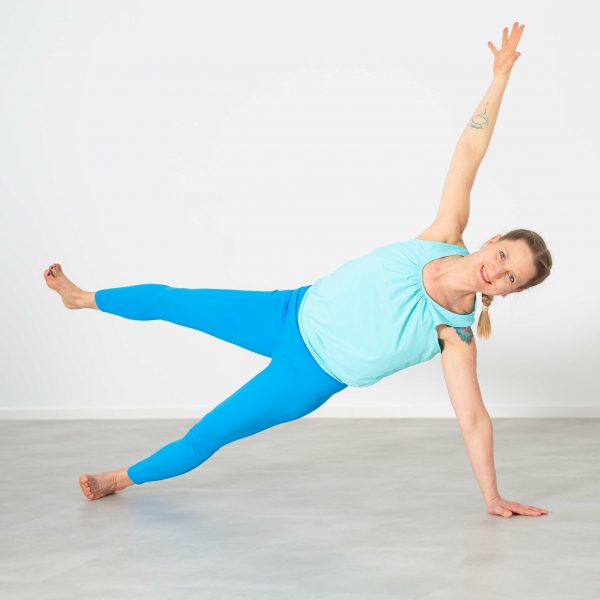
FASCIA
FASCIA AND ITS MEANING
What is fascia?
Simply put, fascia is the connecting tissue throughout the body – from the head to the toes. It provides a framework for every other structure, as it envelops, buffers, stabilizes, gives shape and holds everything in place through flexible tension. It therefore shapes the external appearance and determines performance and quality of life.
This is because the fascia is firmly linked to the constitution of every person. And movement in particular has a major influence on its condition. But breathing, nutrition, mental state and unresolved restrictions are also of great importance in this context.
Fascia runs through and surrounds our entire body in the form of a fascial network without beginning or end. Its components are collagen fibers for strength and stability, elastin fibers for stretchability and suppleness and the basic substance for gliding and juiciness. It stabilizes the tissue and protects it from overloading and undesirable effects. At the same time, it enables the fibers to glide, nutrients to be distributed and waste products to be broken down. The fascia as a whole can be seen as a flow system. Only if this inner ecosystem is intact and balanced can the basic substance flow unhindered and keep the organism healthy and vibrant.
Therefore it requires constant “tidying up” in order to be efficient and to optimally implement training effects. Find out more about special fascia courses such as fascia yoga
Components of the fascial network
A few years ago, scientists discovered that all fibrous structures are part of the body-wide fascial network. This includes ligaments and tendons, organ sheaths and periosteum, and muscle fibre sheaths as well as connective tissue.
If you train the fascia, you simultaneously address loose connective tissue, taut tendons, flexible muscles and promote the functionality of the organs. All-in-one!
Properties of the fascial network
Fascia is designed to adapt to the demands of life. Fascial structures are constantly remodeling themselves. They are constantly being built, dismantled and rebuilt; they are continuously interwoven, separated, pulled and pressed. In this way, nature has created the prerequisites for adapting to almost all conditions.
These findings are changing the way we look at the body, movement and maintaining health in the long term and are therefore also influencing strategies and paths to personal success.
Functions of the fascial network
⇒ stable flexibility: runs through and around our body as an omnipresent tissue network: envelops, connects, stabilizes, gives shape, keeps us upright through stretching and keeps everything in place; fascia makes movement possible in the first place
⇒ sixth sense: acts as the sensory organ of the body through receptors for our movement, emotional expression and pain sensation
⇒ protective care: accommodates metabolic processes such as cell supply, “scavenger cells” of the immune system, which surround, trap and digest foreign bodies (e.g. pathogens) and carries out “cell construction work” for the regeneration of the organism
POSSIBILITIES FOR FASCIA HEALTH
Fascia yoga courses
People strive for mental freedom and physical vitality. To support this goal, FASZIO® yoga focuses on the fusion of the 7 FASZIO® training strategies with yoga sequences, breathing exercises and meditations. This course promotes stability, flexibility, elasticity, suppleness and body awareness. Releasing techniques and regeneration round off the classes. FASZIO® Yoga is suitable for everyone – all kinds of athletes, yoginis? or senior citizens.
FASZIO® yoga compact seminar
Modern meets tradition: yoga is a system that has been tried and tested in its traditions for centuries and yet is constantly undergoing reflection and development. FASZIO® yoga breaks new ground by combining well-known asanas and pranayamas with the latest knowledge about fascia. Theoretical knowledge is conveyed in a generally understandable way, the 7 strategies of dynamic fascia training are presented and a look is taken at the concept of the 5 force transmission pathways.
Fascia treatments and osteopathy
FASZIO® therapy and osteopathy involve treating the restrictions in the fascia in such a way that any imbalances in the body are resolved. Using special “hands-on” and/or tool-supported interventions such as cupping, flossing or taping. The tissue is pushed apart, pressed or brought together. In doing so, the individual needs of the body are taken into account. Because the fascia contains a dense network of extremely fine nerve endings, the techniques change tension in the tissue. The body will relax.




